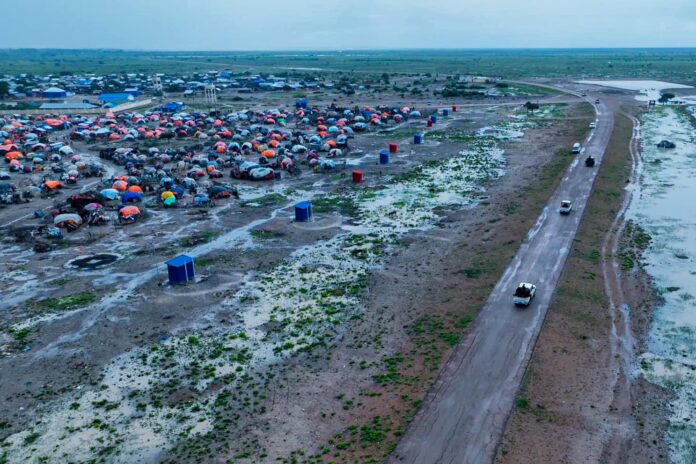MOGADISHU, Somalia – The United Nations humanitarian agency on Monday appealed for additional funds to respond to the impact of the Gu (April-to-June) rains in Somalia as dry conditions are predicted in the coming weeks.
According to the United Nations Office for the Coordination of Humanitarian Affairs (OCHA), the rains killed 10 people and affected 268,359 others, destroying crops, public infrastructure, and other livelihood assets.
“To gauge the impact of the Gu rains, rapid needs assessments have been rolled out in Hirshabelle, Jubaland and Puntland States and data has been collected in several districts,” OCHA said in its update released in Mogadishu, the capital of Somalia.
Dry conditions are expected in most inland parts of the country, with chances of light rainfall over coastal parts of the southern regions, OCHA said.
According to the UN agency, the cessation of the Gu rains is likely to be observed, ushering in the Hagaa season, which is expected to bring above-normal rainfall conditions over Lower Juba, Middle Juba, Lower Shabelle, and Awdal regions and drier-than-normal conditions in Togdheer, Sool and Sanaag regions.
However, according to OCHA, the cases of acute watery diarrhoea (AWD) /cholera have risen across the country, which is attributed to limited access to potable water due to contamination of water sources that were submerged by flood water, a high level of malnutrition among children, lack of proper sanitation, and difficulties in accessing health centers.
Last week, OCHA allocated 2 million U.S. dollars from the Central Emergency Response Fund for an urgent response to the cholera outbreak in Somalia, supporting UN agencies and their partners to provide lifesaving assistance to 60,000 people in the country.






